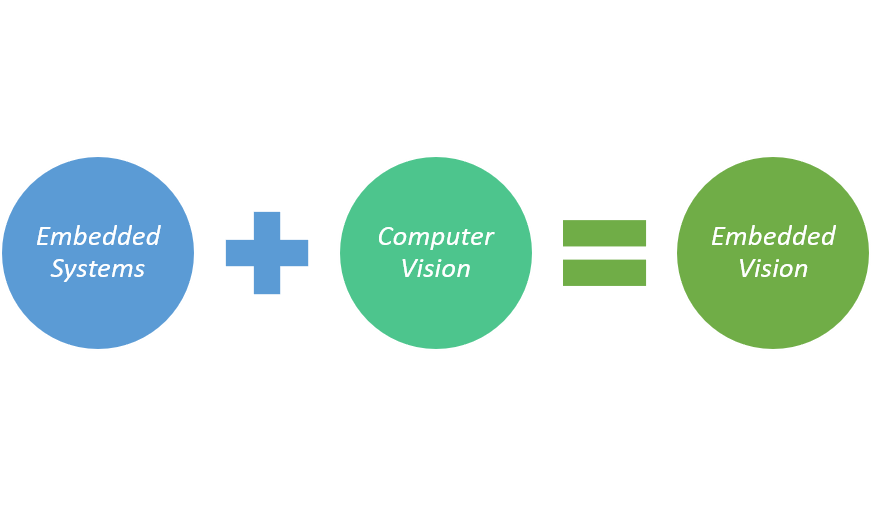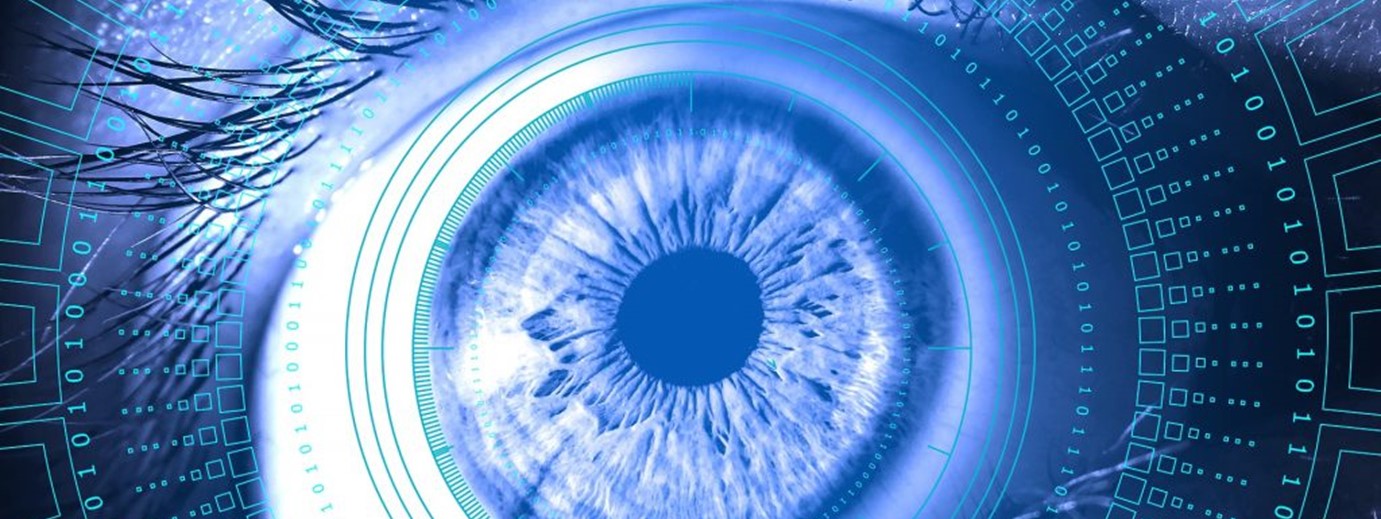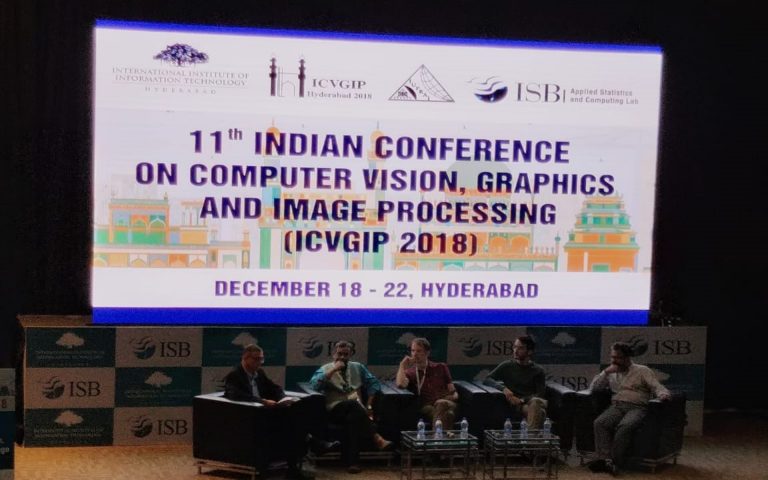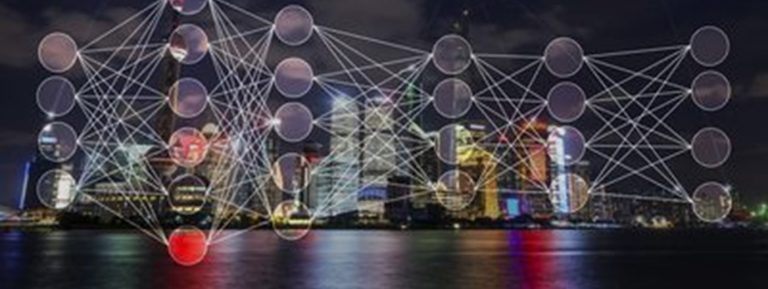Embedded vision is a complex integration of computer vision in machines that use algorithms to decipher meaning from observing pixel patterns in images or video. Imagine an intelligent doorbell that can identify who’s at the door and alert you without actually having to open the door; or industrial equipment integrated with little sensors and cameras to help monitor its health, functioning and ensure it works the way it was intended.
So, what is it really, that helps the machine see its environment, collect data and carry out all sorts of tasks automatically?
Embedded Vision – This technology combines Embedded Systems and Computer Vision to enable a machine to perform intelligent tasks. The technology can be embedded into a product for practical usage/applications.
“The market for smart camera-based computer vision systems is expected to grow at a high rate between 2018 to 2023. These systems are built on Embedded Controllers with integrated Vision Software working on Algorithms and the entire system connected to one or more cameras, and therefore bring significant changes in various industries. – MarketsandMarkets
Understanding Embedded Vision Systems
Embedded Vision connotes an amalgamation of two technologies- Embedded Systems plus Computer Vision.

An Embedded System is a “microprocessor-based system” with a dedicated functionality inside a larger mechanical body or electrical system, whereas Computer Vision is the use of digital processing and intelligent algorithms to interpret meaning from images or video.
Traditionally, Vision Systems are comprised of a Camera and a large PC. Backed by a frame grabber or interface card to import camera images, they use software to analyze these images and pass on the information to another part of the system. Despite offering good performance, PC-based vision systems were heavy in size and expensive too. On top of that, integrating them into existing systems or manufacturing setups often seems complex given the number of iterations involved.
On the other hand, Embedded Vision refers to the integration of a camera and a processing board of compact size. This way, an embedded vision system acts like an independent computer system that can be integrated directly into large machinery or electrical systems. With everything on a small board, a PC is not required. Therefore, embedded vision systems are easier to use and integrate in comparison to their PC-based counterparts.
Also interested to know about Mobile Vision Technology? Read this post to learn about Mobile Vision and how it is making sense of the visual world
Key advantages of Embedded Vision Systems
- Small size
- Lightweight
- Low cost
- Low energy consumption
Did you know?
Microsoft Kinect—with 3D motion capture, facial recognition and voice recognition—is one of the fastest-selling consumer electronics devices, with 24 million units sold till date.
Embedded Vision Offers Endless Applications
Once confined to niche applications, Embedded Vision Systems are now gaining momentum with the emergence of very powerful, low-cost, and energy-efficient processors. They are spreading into a wide range of applications including, Advanced Driver Assistance, Medical Diagnosis, Entertainment, Security, Factory Automation, etc.
Some of the most interesting applications include:
Robotics: Robotic arms, used conventionally in manufacturing units, are becoming intelligent with the emergence of Embedded Vision Technology. It enhances robotic capabilities, allowing robots to see and respond to their environment. This makes these robots flexible machines that can do a variety of tasks right from picking and placing things from one assembly line to another, to quality inspection and checks. Not only are these robots cost-effective as compared to their bulky conventional counterparts, they are also intelligent machines that play a vital role in increasing Throughput in a Production Process.
Skin Cancer Detection: Technology is paving the way for Skin Cancer Diagnosis. Recently, a company funded by IBM, built an application which detects signs of skin cancer in moles. The mobile app takes a picture of a mole and receives an instant analysis of its condition. Then, using a complex algorithm, it analyses whether or not the mole is cancer suspicious. This specialized application allows people to find an appropriate dermatologist to start the treatment at the earliest.
Gesture Recognition for Car Safety: In this Hi-Tech space where automotive OEMs have already started rolling out Connected Cars / Electric Cars by expanding their Tech Capabilities and R&D centers, Companies are quite concerned about Safety and that’s why incorporating Gesture and Face Recognition systems to Reduce Distractions while Driving. For e.g. a winking of the eye will turn the car stereo on/off and tilting head left/or right, the volume will go up/down. Since many car accidents happen because of multitasking, one such application could help in saving many lives.
Face Recognition System: To enforce security at schools, workplaces, industrial setups or retail outlet, the Face Recognition System is one of the most potent technologies available today. It uses Embedded Vision Technology to detect and recognize faces in real-time. KritiKal Solutions, leveraging its expertise in Artificial Intelligence & Algorithm Development, built an AI-enabled (Camera-based) Solution which comprises of a Face-Recognition Algorithm running on an Embedded device. The system trains itself with images (a dataset) and then performs Real-Time Face Recognition or through a video feed. This also supports an Android Application that sends alerts on Mobile Devices of the authorized persons for each verified face. A typical use case would be Face Verification for on-boarding of school children in a bus, along with the child’s real-time image, available for the parents/guardians/ school authority to check for safety & logistics purposes whenever required.
Final Thoughts
In the vision milieu, Embedded Vision is an exciting & robust Technology that is gaining huge traction because of the huge potential it has to shape the future of entire industries. Using little cameras with inbuilt intelligent algorithms, it is opening doors to new growth opportunities. Most of the companies have already started realizing the promising benefits of this Technology, from Increasing Vehicular Safety to Advanced Driver Assistance, Speeding up Medical Procedures to Diagnose critical diseases like Cancer, to enhancing security at work and public places & automating manufacturing operations.
When are you planning to strengthen your Business with Vision-based Intelligence? We would love to hear from you in the comments or via mail. Explore numerous possibilities with KritiKal Solutions to add value to your existing systems/products using Innovative Technology.



